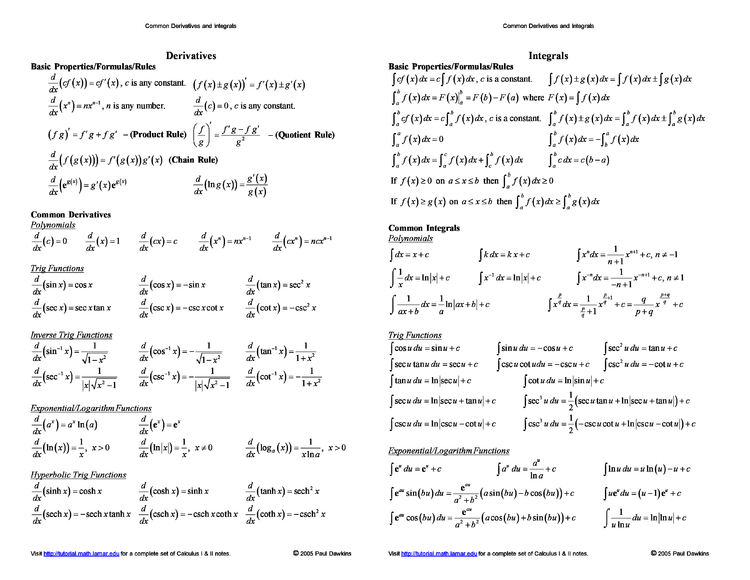

Your thumb is a, your forefinger is b, and the imaginary line (the hypotenuse) is c. If you pretend the curve where your thumb meets your hand is a right angle, then you have a right triangle. Now, imagine a line from the tip of your forefinger to the tip of your thumb. Here is a simple way to remember the right triangle relationships: Hold up your left hand, palm facing out, fingers together and thumb sticking out the right like an L. The chart below gives a breakdown of the trig functions and their relationship to right triangles and the unit circle. This stands for Sine= Opposite/ Hypotenuse ( SOH) Cosine= Adjacent/ Hypotenuse ( COH) Tangent= Opposite/ Adjacent ( TOA). Your notes or textbook may use x and y or other variables, but the meanings are the same.Īn easy pneumonic for the sine, cosine, tangent right triangle definitions is SOHCAHTOA. This trig cheat sheet uses Θ, A and B to represent angles. Much of trigonometry is based on triangles, usually right or acute. A is called the opposite angle of a, and a is the opposite side of A. Supplementary Angles: x+y = p = 90 degreesĬomplementary Angles: x+y = 2p = 180 degrees Trianglesįor the purpose of the trig cheat sheet, and conventionally, if the sides of a triangle are labeled a, b, c then the angles are ABC, where A is the angle made by b and c, B is the angle made by a and c, and C is the angle made by a and b. Relationships between angles are important: Therefore, the distance from p to 2p can also be notated as 0 to -p, depending on which way you travel the circle. Therefore x = cos Θ = sqrt(2)/2 = y =sinΘ, or equivalently: (sqrt(2)/2, sqrt(2)/2) = (cos(p/4), sin(p/4)).Ĭounterclockwise movement on the unit circle is measured in positive units and clockwise movement is measured in negative units.

If Θ is an angle made by connecting (0,0), (1,0) and any other point on the unit circle M = (a,b), then cosΘ = a, sinΘ = b, or equivalently: (a,b) = (cosΘ, sinΘ)įor example: the line for Θ=p/4 radians crosses the circle at (sqrt(2)/2, sqrt(2)/2). The unit circle below gives the commonly used angles and their sines/cosines. (For this article, p will denote pi=3.14159…)Ġ degrees = 0 radians = 2p radians = 360 degrees (Note that 0 and 2p are often used interchangeably) The unit circle is segmented into 360 degrees or 2*pi radians. Until now, you probably measured angles in degrees. It is also helpful as a handy homework reference. For those of you that have studied the material before, this is a condensed formula sheet to help you prepare for exams. If you don’t have any experience with the subject, there is not enough information here to teach it to you. Before you start reading, you should know that this is only a review.


 0 kommentar(er)
0 kommentar(er)
